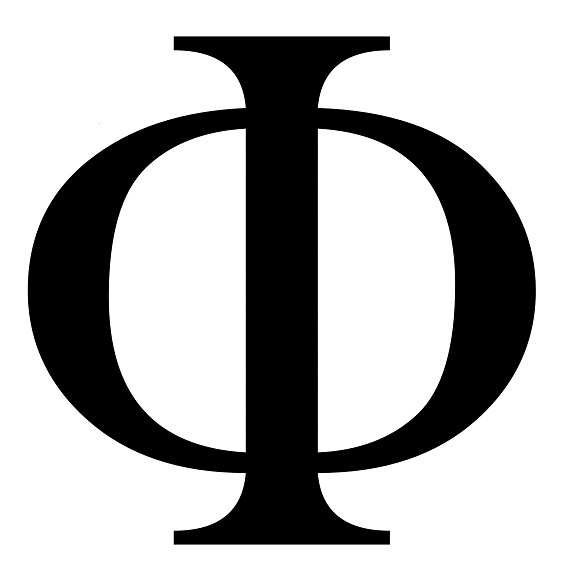

The Greek symbol phi, Φ, is often used as the symbol for the golden ratio. Lets check out how they are used in photography. In this painting by Georges Seurat, the golden ratio appears to have been used throughout the painting – to define the horizon, to place points of interest and to create balance in what would appear to be a very active scene. The golden ratio is based on the Fibonacci swirl and in some cases the rule of thrids.

This is not to say my website is designed strictly using the golden ratio – this is just for demonstration purposes. There is no limit to how I could use the golden ratio. I could also use the golden ratio to determine the size of my header in relation to my content, or my logo to my menu. For example, I could distribute the content to sidebar widths according to the golden ratio. I could use the golden ratio to design this very website in an aesthetically pleasing manner. The application of the golden section and the rule of thirds is basically the same. This is a more complex version of the rule of thirds. You can then use this diagram as a tool to ensure there is balance throughout your composition. The golden ratio can be calculated as follows: I will try and keep this simple (as we do not need to understand all the complexities of the golden ratio as artists).

Who would have thought art and maths could have such a close connection? Luca Pacioli (a contemporary of Leonardo da Vinci) went as far as saying: We can use the golden ratio to help design our paintings and position our subjects. Well there have been studies which suggest designs set out using the golden ratio are aesthetically pleasing. These are extremely important numbers to mathematicians. The golden ratio is the ratio of approximately 1 to 1.618.
#Sybol for goldenratio pdf#
In famous art pieces, "The Last Supper" and "The Mona Lisa", Leonardo Da Vinci used the Fibonacci sequence to create these masterpieces! Music composers such as Mozart and Bartok have used this same sequence in some of their works! Even in today's age of music, Maynard James Keenan from the band TOOL was inspired by the Fibonacci series and used it to create the rhythm and lyrics of their song "Lateralus".(Bonus: Click here to download a PDF copy of my Color Theory Cheat Sheet.) What Is the Golden Ratio? Throughout history, the Fibonacci sequence has been applied to art in many forms. Early childhood is from 4-7, and middle childhood is 7-11. The first two years of life are referred to as early infancy, and next is the toddler stage from two to four. Even as a human develop, we grow through 8 stages. Symbol for the golden ratio Last appearing in the New York Times puzzle on February 29, 20 this clue has a 3 letters answer. The math and science behind our DNA is in the pattern of the Fibonacci sequence. That is the mysterious Fibonacci at work! From the number of petals that are on a flower, the way a pineapple or pine cone spirals, or the way a branch splits out into 3, it is all the same pattern! In relation to our own bodies as examples, think about the pattern of our DNA strands and how they spiral. Think of how the middle, or inside, of the flower, repeats this crazy cool pattern of the seeds.


 0 kommentar(er)
0 kommentar(er)
